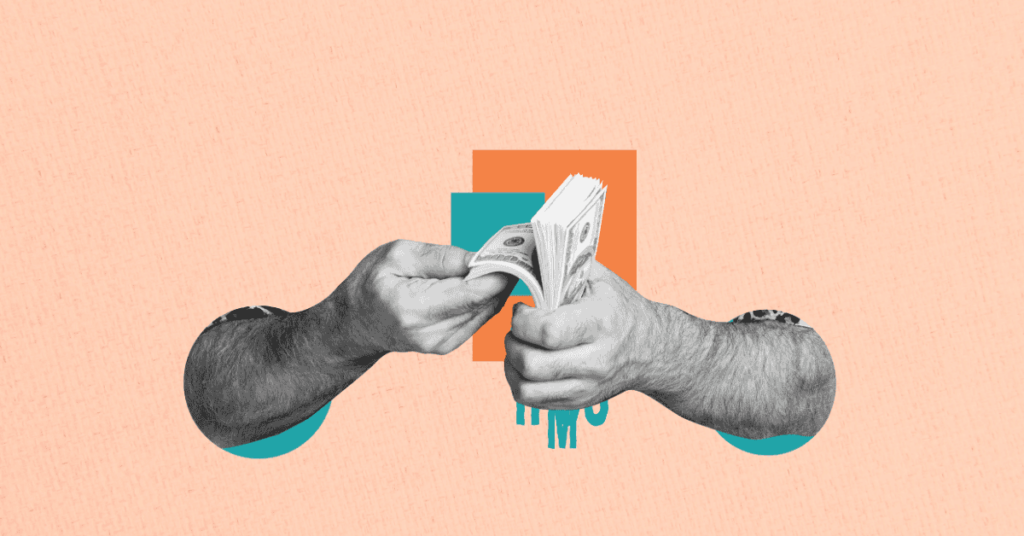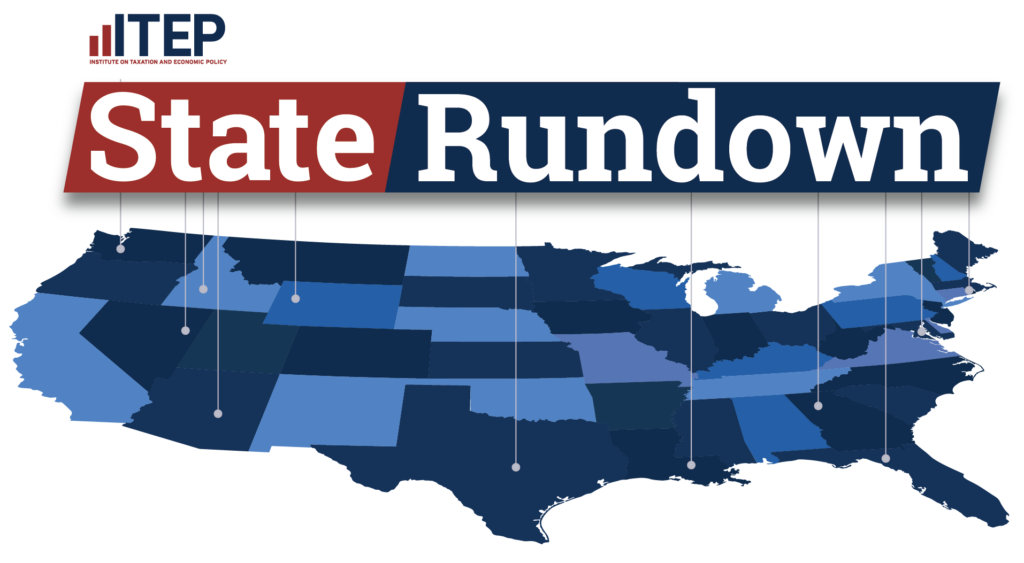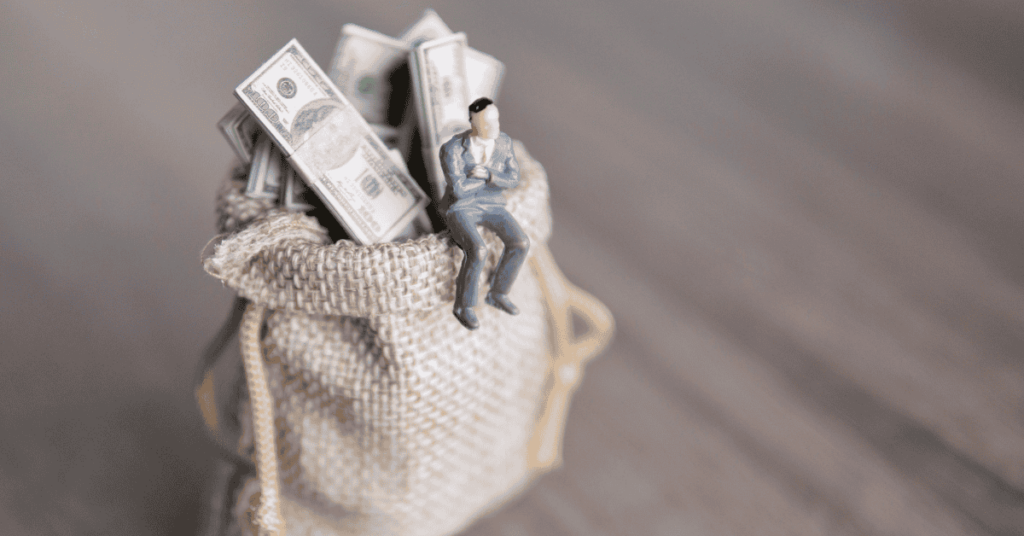By Gabriela Esquivada
For The Herald in US
The United States is often referred to as the “land of opportunity.” But an increasing number of US citizens are feeling the pinch, struggling to makes ends meet as inequality in the country rises. From New York, Gabriela Esquivada looks at how the richest nation on earth became the poorest rich country in the world.
NEW YORK — In 1961 then-president John F. Kennedy committed the United States to sending a man to the moon within 10 years, and even though he didn’t live to see it happen, he kept his promise. Three years after Kennedy’s death, his vice-president and successor Lyndon B. Johnson, speaking at the annual State of the Union address, declared a “war on poverty,” which bore “not so good results,” according to Professor Thomas Corbett, an expert on the issue and a former political adviser both to legislators in the state of Wisconsin in the 60s and later, during the Bill Clinton presidency of the 90s. Corbett headed the Institute for Research on Poverty at the University of Wisconsin-Madison until his retirement.
The comparison he draws in his essay The Rise and Fall of Poverty as a Policy Issue centres around the exact place this debate has reached 50 years after intervention of Johnson, a man who had known poverty as a teacher in Texas but who had also inherited the policy proposals of Kennedy, like the creation of Medicaid, which provides healthcare for children and the poor; Medicare, a similar service for handicapped people and the elderly; and a range of public housing and schooling programmes.
For some — but especially for some Republicans who want to reduce these now meagre social programmes ever further and for progressives who are scandalized by the statistics — the war has been lost. For others, it has significant notches on its belt after a history of important battles and corresponding triumphs, like the one on inequality; indeed, without these programmes, poverty rates would be higher. Others, meanwhile, say the country has stopped fighting, with 15 percent of its population — or almost 50 million people — currently living in poverty.
“The United States hasn’t lost the war on poverty, it’s left the battlefield,” said professor Gene Nichol of the Centre on Poverty, Work & Opportunity at the University of North Carolina, one of 10 states whose poverty rates are higher than the national average, with 17 percent. “Half way through the 1970s the country had reduced poverty within the elderly population by two-thirds and by 60 percent in children. We’re still okay in the area of people over 65 years of age, thanks to social security, Medicare, Medicaid. But we’ve lost the will to fight infant poverty, and it’s noticeable. Almost a fourth of our children live in poverty, (which is) a huge embarrassment for the richest nation on earth.”
The richest nation on earth, the land of opportunities
Perhaps because of its reputation as the land of opportunity, today the paradox of the US is that it has “become, in many ways… poorer and more inequitable,” and all at once, Nichol suggested.
“Even as the richest country on earth, our poverty levels, child poverty levels and income inequality are some of the worst in the developed world.”
According to official data from 2012 onward, poverty affected 15.1 percent of US citizens, or 46.5 million people, while, based on a second government methodology that counts alternative sources of household income, this figure rises to 16 percent, or 49.7 million people.
The most acute poverty is found in the black and “Hispanic” communities (27 and 25.6 percent, respectively), minors under 18 years of age (21.8 percent) and, above all, children under the age of six (24.4 percent) and children under six who lived in single-mother families (56 percent). Women are poorer than men (16.3 percent over 13.6 percent) and earn 70 cents to every dollar taken home by a man from the same job.
Poverty in numbers
For a four-person family living on US$23,492 a year, an average university education costs US$20,000. According to official data, groceries eat up around a third of that income, while on Craigslist, a one-bedroom apartment costs on average US$800 per month depending on the condition it is in.
What’s more, this winter — the coldest in 20 years — sent electricity bills soaring: US$66 per month in Florida (FPL), US$91 in North Carolina (Duke Energy) and US$130 in Illinois (ComEd). This saw many people having to choose between spending the same amount on groceries or maintaining the house at 17-degrees Celsius. And in a country without major public transport infrastructure, aside from in a few major cities, cars are nothing short of a necessity for people wanting to get to work. A cheap used car (for example, a Toyota Corolla 2009) ranges from US$9,000 to US$11,500 in price, with the insurance (which would vary based on a number of factors, including the condition of the vehicle and the owner’s driving record) costing between US$200 and US$300 a month. Fuel prices vary, but filling up a Corolla to drive its full 671 kilometres, costs on average US$35.
At this point the total annual costs for that family reach US$20,360, without including fuel or healthcare (the Affordable Health Care for America Act, or “Obamacare,” the mother of all battles for the current president, was founded on the problems facing 50 million people without health insurance in a country with no free medical services), as well as clothing, telecommunications, childcare and the transport of children, or taxes, and forgetting completely education, entertainment and holidays.
The calculation is, of course, hypothetical. However, it is based on real-life experiences, and given the diversity of a country as big as the United States, the situation actually seems much more grim.
Ross Fraser, the spokesman of Feeding America — the largest national NGO dedicated to feeding the poor — last month said “the majority of people need help because they simply don’t make enough money to provide their families three meals a day.”
Fraser explained that his organization gives food to 37 million people each year, and that the panorama has become bleaker in recent years: “Between 35 and 38 million Americans suffered food insecurity — the term used for those who have no certainty they’ll eat every day — between 2001 and 2006; that figure rose to 49 million in 2007, when the recession hit us. Since then it’s hovered between 49 and 50 million people.”
The Feeding America spokesman pointed out that today “one in every seven Americans lives on or below the poverty line, and one in every seven receives food coupons (the Supplemental Nutrition Assistance Programme, which is US$133 per month or on average US$4.38 per day) and one in seven suffers food insecurity.” According to Fraser, “funding for federal nutrition programmes is needed; if unemployment and poverty are reduced, so too is hunger.”
Corbett questioned the methodology used to calculate poverty figures, which for the most part has not been altered since the 1960s: “Basically, the poverty line is very low, and poor families aren’t able to rely on resources from the many forms of government assistance,” he said.
But that doesn’t take away from the issue of poverty, nor propel it to the fore: “The real problems now are growing inequality in income, wealth and opportunities,” he added.
President Barack Obama has shown some concern about the issue in recent speeches about the lack of social mobility in the US: “This trend towards growing inequality is not unique to America’s market economy. Across the developed world, inequality has increased… but this increasing inequality is most pronounced in our country, and it challenges the very essence of who we are as a people.” According to the president, inequality is bad for an economy, as it weakens growth and creates a space for more frequent recessions, affecting social cohesion and damaging democracy.
In all of this, record inequality levels are not new. In 2007, just before the Global Financial Crisis, one percent of the highest earning US citizens managed 24 percent of the country’s wealth, figures that are exactly the same as those of 1928, just before the Great Depression, Corbett noted.
“Growing inequality is one of the core issues of our era, along with global warming. It has increased since the 1980s. Though it was reduced briefly during this recession, it’s once again increasing in a dramatic way as financial markets recover. During the Obama years, the trend in poverty has been upward. From my perspective, he inherited a terrible economy from his predecessor and did a good job stopping the country and the world falling into a catastrophic depression. But he deceived some people by not utilizing aggressive stimulus policies to spur economic growth and stop abuses from within the financial market. Of course, political division leaves few options.”
Clear inequality
According to official data, the US middle class is defined as having a household income of US$51,017 per year. Successful professionals in areas like law and medicine are situated in the one percent of citizens earning the most, or US$380,000 a year. However, this one percent is in fact mostly comprised of successful business entrepreneurs, who earn US$1million to US$3 million a year. Its upper echelons are made up of CEOs of financial firms and Hollywood and sports stars who earn around US$10 million a year, according to the documentary by Jacob Kornbluth Inequality for All, narrated by former work secretary to Bill Clinton and current professor at the University of California Berkeley, Robert Reich.
So, one citizen earns US$10 million per year, while the other — limited by poverty — earns US$11,720. Both pay taxes. Proportionally, both pay less than the person earning US$51,017 per year. A range of tax reforms (the most recent under George W. Bush) have left the percentage of state and local taxes applied to the biggest salaries (the one percent) at 5.6, the Institute on Taxation and Economic Policy reports.
The children of the first person will have top-notch postgraduate degrees, while the children of the second person will find it difficult to finish secondary school; 22 percent of those who live through a period of poverty during childhood don’t finish school, a figure that rises to 32 percent for those who spend half their childhood in poverty, according the Children’s Defense Fund. And would it even be necessary to add that a gap in educational experiences creates a gap in income?
These are just some of the most visible elements of inequality, something Obama described as “a fundamental threat to the American Dream, our way of life, and what we stand for around the globe.”
Erin Cumberworth, a researcher at the Stanford Centre on Poverty and Inequality, went further: “Most income inequality is driven by an increase in the portion of wages of the top five percent of earners. The biggest incomes have grown because the average pay of CEOs has taken off: in 1965 the average CEO earned 24 percent more than the average worker; in 2009, it was 185 more.”
But in his essay, Corbett uses a different year as the basis of comparison: 1973, when poverty reached its lowest levels in US history, 11.1 percent. That year, a worker earned 27 times less than a corporate CEO; in 2008, it was 262 times less.
For Cumberworth, inequality is quite distinct from the deterioration of conditions for the lower echelons of the labour market, where she sees a much more urgent problem when it comes to poverty: “A growing number of people are unemployed or out of the workforce, and for an unskilled worker it’s becoming harder and harder to find stable work.”
The level of unemployment has dropped to 6.6 percent, but this is in large part because many people have simply stopped looking, Jeff Madrick described in his article “Obama’s Toughest Job” in The New York Review of Books, where he dissects the methodology used to measure inequality: “Employment-to-population levels suggest the actual rate is probably closer to nine percent. Minorities have been crushed. The young in particular have been battered.”
Not enough to live on
There are 11 million people currently out of work in the US. Almost a third of them have not found a job in six months or more, while in some states like New Jersey or Florida, that portion rises to half. Many of the jobs that have been created in the private sector since the alleged end of the recession in 2009 lack regular hours or benefits like health insurance, sick leave or holidays, while one in four of them pay the minimum wage (between US$7.25 and US$10.10 per hour depending on the state), which in many households is not enough to live on, even with a standard 40-hour working week.
“The labour market never fully recovered after a relatively soft recession that began at the start of the Bush presidency in 2001 and intensified at the end of his term, late 2007,” Cumberworth outlined.
“It’s improved during the Obama years but not as much as we would have hoped for after the recession. The problems in the labour market have continued to grow since the 1970s — the only period of strong growth — and the only time we fully recovered from a recession was at the end of the 1990s under Clinton.”
In Cumberworth’s opinion, the biggest problem at the moment is the “inability of people — especially those with university degrees — to find sufficiently stable jobs that pay enough to allow them to support themselves and their families: a large number of people find a balance on the fringes of the labour market, improvising with short-term and/or badly paid work, with meager government benefits, work under the table and the help of friends and families.”
Life is a continual struggle for poor people who work, Cumberworth added. “A stable job or income could solve many problems in other areas like in healthcare, housing, children welfare,” he explained. “We should do as much as possible to help, from capacity-building programmes so people have the right knowledge for the jobs that currently exist to government stimulus focused on creating unskilled jobs, like roadworks and infrastructure; from better salaries using subsidies or tax-free credits, to more innovative strategies like facilitating access to information about labour conditions in other cities or states, and perhaps even offering subsidies for transfers for those choosing to move in order to find work.”
Nichol establishes a political connection with the extreme polarization that exists between wealth and poverty: “Inequality has become a massive problem in the US. In real terms… we’re the worst in the world. This is due in part to powerful economic trends. But much has to do with the three decades that favoured the richest among us, those who also finance our political campaigns.”
That issue also raised the attention of Nobel Prize winning economist Paul Krugman in The New York Times: “Surveys of the very wealthy have, however, shown that they — unlike the general public — consider budget deficits a crucial issue and favuor big cuts in safety-net programmes. And sure enough, those elite priorities took over our policy discourse.”
In terms of the policies themselves, traditional social welfare programmes consume US$59 billion, while subsidies given to corporations (without taking into account the US$700-billion bailout package for the banking sector in 2008) total US$92 billion per year, according to the Think By Numbers foundation.
Walmart, one of the beneficiaries, is a national retail chain frequented by the lower-middle and lower classes of society. Store personnel recently put up signs at checkouts across the country advising customers that a reduction to food coupons — which was approved in November last year – could affect the balances available on their debit cards and suggested that consumers check their balances prior to passing through the checkout. Since the Agriculture Act was passed late January, taking away funding for the Supplemental Nutrition Assistance Program, food coupons are soon expected to be reduced once again.




